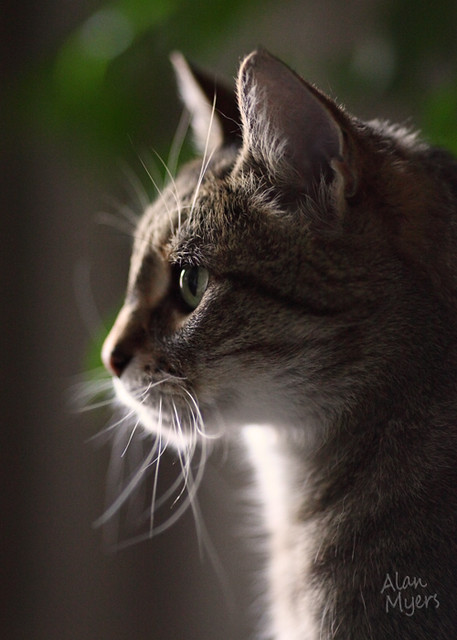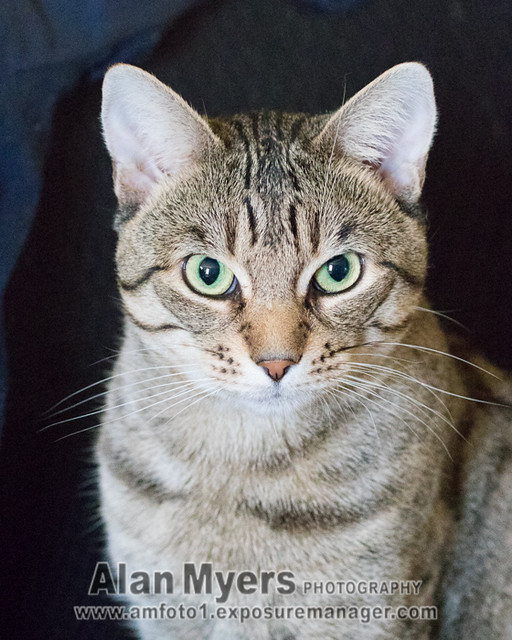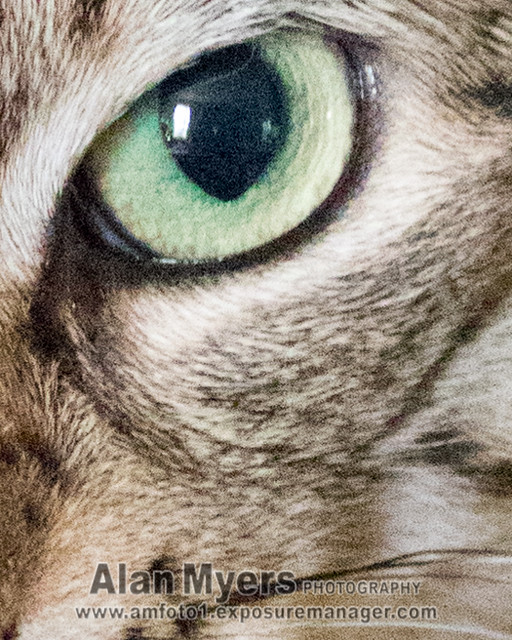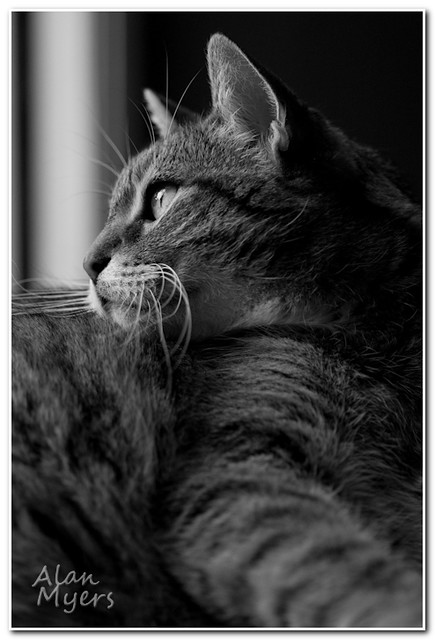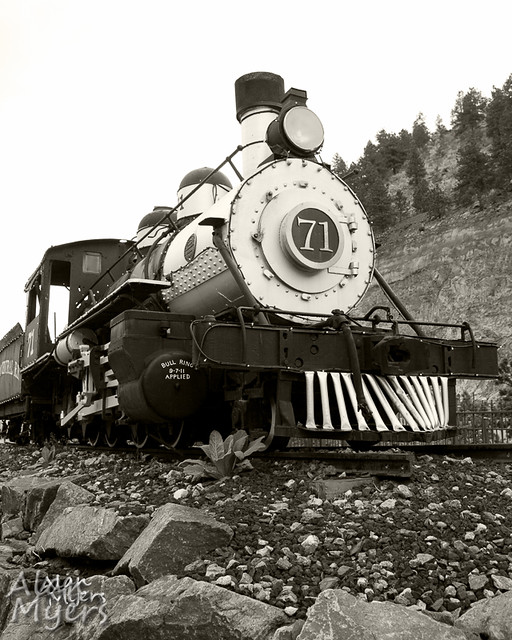High ISO Speeds - When to use?
Aug 1, 2016 03:07:51 #
Apaflo wrote:
On cameras that have a relatively high dynamic range it is extremely useful to use Manual exposure and AutoISO.
The aperture and shutter speed are set manually for artistic/aesthetic effect, and AutoISO makes sure the image is bright enough.
The aperture and shutter speed are set manually for artistic/aesthetic effect, and AutoISO makes sure the image is bright enough.
Guess I'm old fashion. In film days I rarely went over ASA 100, normally 50 or less.
Now days I rarely go over ISO 2500, normally 800 or less.
Yes I know I can setup my camera to automatically cover any ISO range but I just don't care for that ability.
One of my auto user settings is now set for 100 to 800 auto ISO, but I don't like using it and actually wonder why I haven't changed it yet?
It's probably just a personal thing sort of like my not caring to use back button focusing. While covering sports games, I thought it would help but it really didn't. My method of photography often changes from action on the field to close up on players and fans and back, very quickly.
Aug 1, 2016 09:01:23 #
RWR wrote:
35mm ASA 400 film was great for sandstorm pictures - didn't need a sandstorm.
True enough, LOL.
Aug 1, 2016 09:07:22 #
GENorkus wrote:
Guess I'm old fashion. In film days I rarely went ... (show quote)
I was a Kodachrome 64 lover, that is why I bought the more expensive big aperture lens like my Canon 200 2.8, in 1976 it was $500.
Aug 1, 2016 09:22:58 #
boberic wrote:
Sounds like an interesting idea, worth a try. Just one question. Spot focus or all focus points. Which will give sharper images? Is a reflective or incident light meter best? Sorry 2 questions. LOL
Remember the lens cap will be on your camera so there will be no image. I usually have mine set on spot metering though. No metering at all. You have to be in manual so you can easily step up the ISO.
Aug 1, 2016 10:26:37 #
wmurnahan wrote:
I was a Kodachrome 64 lover, that is why I bought the more expensive big aperture lens like my Canon 200 2.8, in 1976 it was $500.
Back then I think my Nikor 50mm f1 2 and Pentax 50mm f1.2 were around $250 (usd) or so but inflation changed that.
If auto focus was around back then I can guess they would have cost another $50 or so.
Aug 1, 2016 15:30:28 #
Aug 1, 2016 18:52:26 #
amfoto1 wrote:
Today, with digital, far higher ISO are usable tha... (show quote)
I absolutely LOVE all your cat photos!!!!
Aug 1, 2016 19:12:23 #
AsiaPaul wrote:
I still think of high ISO speeds as they were used in film days. 100 for sunny days, 400 for sports or night photography. With the new dSLRs having ISO ranges into the stratosphere, I was wondering if any members have suggestions on what ISO speeds should be used when shooting. Do the high ISO speeds still cause grainy pictures?
Thanks
AP
Thanks
AP
Simple. Always use the lowest ISO that will accomplish your shoot. The higher the ISO the greater the loss of detail and depth. However, there are great cameras out there that produce solid images at higher ISOs.
Aug 2, 2016 02:33:09 #
dickwilber
Loc: Indiana (currently)
Jules Karney wrote:
Hi Skiman: In the fall I will start to shoot night football games here in Las Vegas.
I have a Nikon d-7100 and plan on using my 70-200 2.8 lens. ...
I have a Nikon d-7100 and plan on using my 70-200 2.8 lens. ...
Pardon me, Skiman, for butting in, but I have done this. When I first started shooting high school and college sports it was with Tri-X (ASA/ISO 400). Indoor sports were shot with flash! (Some like Gymnastics, Diving & Volleyball where flash would be too much of a distraction during competition, were shot with flash during warm up.) Night football was the one sport not shot with flash where ISO 400 was sometimes not enough because of inadequate field lights. There we sometimes had to push the Tri-X to ISO 800 or 1600. When I went digital I held to the same standard; those early DSLR's were not any better than Tri-X at higher ISO's.
To answer your question, shoot with your 70 - 200 wide open at the lowest ISO rating that works consistently. That should be 400, or 800 or possibly 1600, or if the field is really poorly lit 3200, but I only went that high once in hundreds of assignments.
If you want to reply, then register here. Registration is free and your account is created instantly, so you can post right away.





